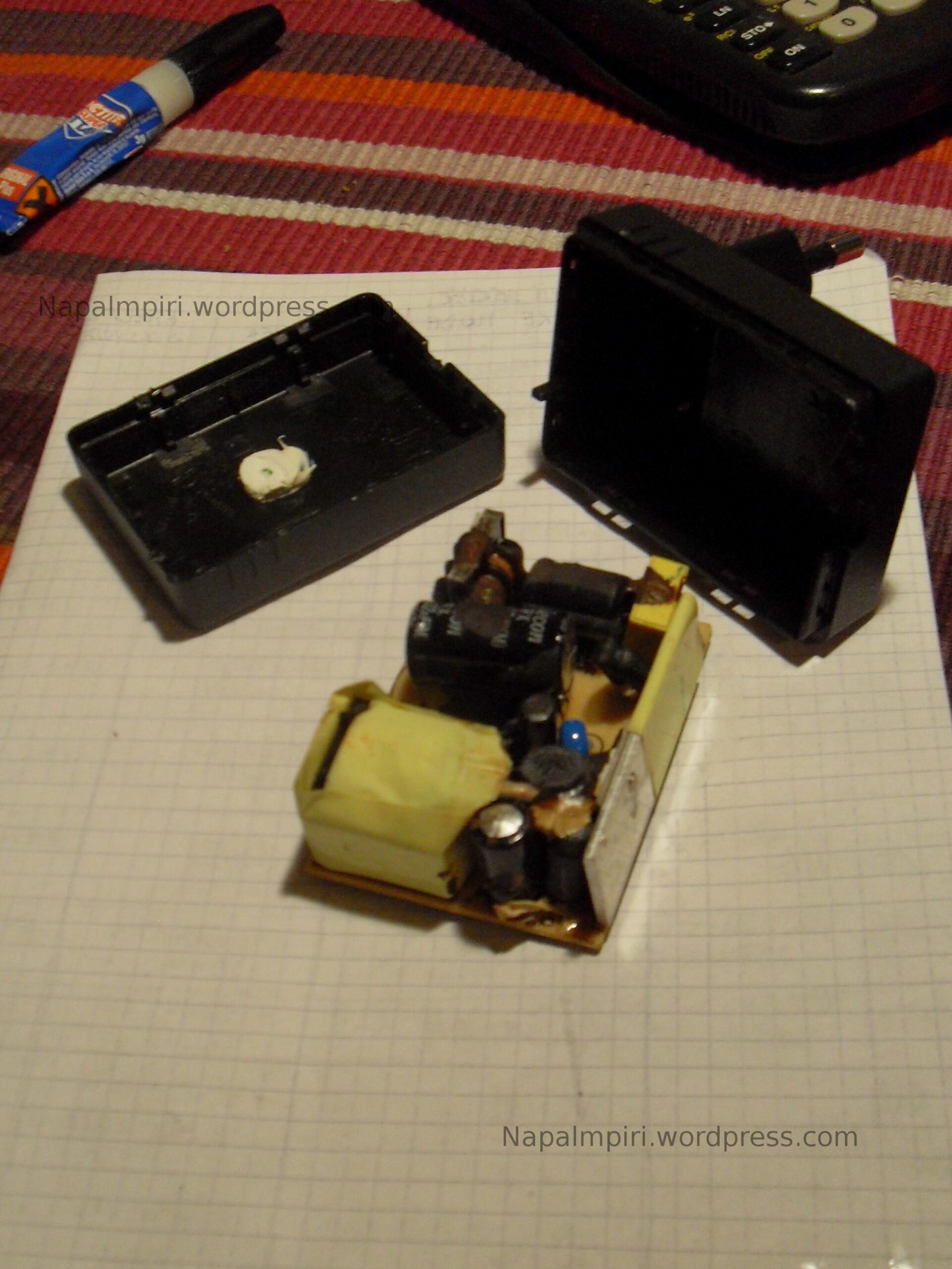Tonight the sheevaplug died, sending napalmpiri.openssl.it down. Dead cold. I suspected at once a PSU issue, and that turned out to be too true.
Warning: twiddling with the PSU means dealing with electricity at dangerous voltages. It involves a dangerous hot soldering iron. If you are not skilled these things may conjure up and ruin your day. Or you may burn down the house. This is not a joke. If you don’t feel confident, just buy another plug.
Unfortunately Globalscale technologies gives only a 30 days warranty, so I was basically stuck.
I think that the sheevaplug, from the hardware point, is really flaky. It may be good as a developer tool, but it’s just too flaky even as a home server.

A quick search turns out that is a common problem, worsened by the fact that there’s an USB load. I suspect that the Shevaplug PSU wasn’t originally intended to power hungry USB devices (a PTSN modem in my case) around the clock.
So it simply blonws up. I don’t think the black elastomer is a sign of failure, as I read often
http://www.newit.co.uk/forum/index.php?topic=353.0
http://plugcomputer.org/plugforum/index.php?topic=1347.0
http://www.benlamb.com/index.php/2010/04/02/my-plug-died/
I decided that external supply was not an option, so I decided to replace the internal PSU with a suitable one.
I had a suitable replacement around (5V, 2A), as direct measurements shows the Sheeva draws a maximum 1.5A on full load at 5v. Looking around it seems there is a good deal of stuff of the right dimensions, even if I hadn’t the chance to measure the last one.
Anyway mine fits it really well in the original metal box that houses the original PSU: after an half hour of soldering the sheevaplug was working normally.
Take care into selecting a wall psu that is easy to open (mine was) as you don’t want to mess with saws, or risk damaging the PCB while taking it out.
I would advise against using the C8 connector to bypass the broken PSU to deliver 5V directly to the board. While it is an elegant solution and need a minimum of work, there’s the danger of you or someone rigging a c7 cable connected to 220/110V directly (not knowing of the modification) and blowing everything up (including her/himself).
Also please remember tha the sheevaplug has no ground contact (the metal box that houses the PSU is insulated on the inside but it’s not rigged to ground) so be very careful to do a neat job at insulating and soldering the original cable (you’ll need it).
Update: an interesting take on the PSU failure problem. It confirms my impression that it’s a problem related to the increased strain due the external USB load.
